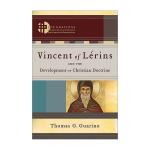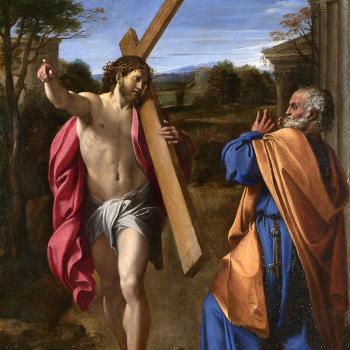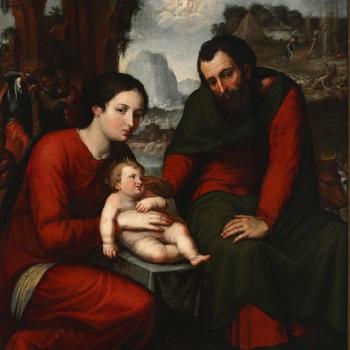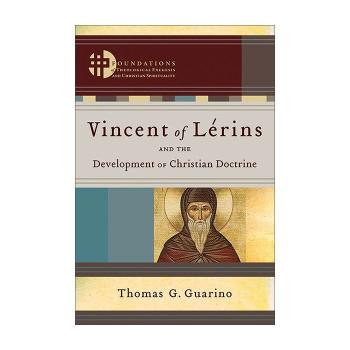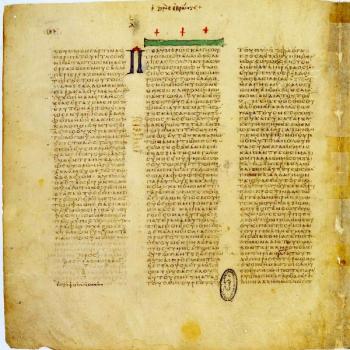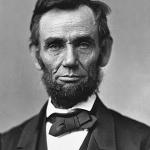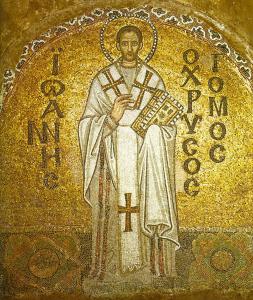
Introduction:
In the previous post, the Protestant doctrine of the perspicuity of Scripture was laid out, and it was said that the idea is inconsistent with the conception of the material sufficiency of Scripture. As such, it lies outside the boundary of Catholic teaching. It remains in the following post to examine 2 Timothy 3:16 in the context of sufficiency.
2 Timothy 3:16 and Formal Sufficiency:
This passage has long been one that many Protestant theologians have leaned on to argue that Scripture is formally sufficient. The following citation from the late Dr. Robert Saucy is demonstrative:
“The Scriptures alone are sufficient for believers. As Paul wrote to his son in the faith, ‘The sacred writings…are able to give you the wisdom that leads to salvation through faith which is in Christ Jesus.’ The inspired Scriptures are ‘profitable for teaching, for reproof, for correction, for training in righteousness; that the man of God may be adequate [capable, proficient, able to meet life’s demands], equipped [completely outfitted] for every good work’ (2 Tim. 3:15-17). Chrysostom, the great fourth-century preacher and church father, paraphrased these words of the apostle in this way: ‘Thou hast Scripture for a master instead of me; thence thou canst learn whatever thou wouldst know.’” (“Understanding Christian Theology”, p. 126).
In the above paragraph, Dr. Saucy lays out two main points. First, he argues that 2 Timothy 3:15-17 is evidence in support of the formal sufficiency of Scripture. This is clear from the fact that he is well aware of the distinction between formal and material sufficiency, having introduced the distinction himself in the immediate context (pp. 124-125). The second point that Dr. Saucy makes is that St. John Chrysostom (d. A.D. 407) viewed the text in the same way that he himself does. This would seem to imply that Chrysostom, an Antiochene who was at one point the Patriarch of Constantinople, embraced the formal sufficiency of Scripture.
Regarding Dr. Saucy’s first assertion, the bracketed material he has introduced above provides insight into how he views the text. He seems to stretch the passage semantically in order to argue that the individual believer (the passage actually says “man of God”) is equipped to settle all theological disputes using the Bible alone. On this point he is emphatic: “The Scriptures alone are sufficient for believers.” But does the text say this? Is Scripture and Tradition even in view here?
By way of contrast, Haydock’s Catholic Bible Commentary (19th c.) offers a different perspective. For one author, “man of God” is understood to be a reference to the fact that Timothy is a Bishop (vis a vis a lay believer). They go on to attack the Protestant understanding of the text, and point out the fact the Canon of Scripture itself is not given in Sacred Scripture. Incidentally, the tone is indicative of a far less ecumenical age.
In a milder manner, another author explains that:
“if we would have the whole rule of Christian faith and practice, we must not be content with those Scriptures which Timothy knew from his infancy, (that is, with the Old Testament alone) nor yet with the New Testament, without taking along with it the traditions of the apostles and the interpretation of the Church, to which the apostles delivered both the book and the true meaning of it”.
While the latter Catholic author may or may not embrace the view of material sufficiency (there is another acceptable view for Catholic theologians), it is evident that neither of the Catholic commentators understand the passage in the way that many Protestants do.
What about St. John Chrysostom?
What then are we to make of Dr. Saucy’s use of St. John’s homily in support of his own interpretation of the text? While at first glance it might seem compelling, we would do well to keep in mind what was said via J.N.D. Kelly about the Early Church Fathers’ attitude towards both Scripture and Tradition. Does St. John go against the grain here? Here are his words again in reference to 2 Timothy 3:16: ‘Thou hast Scripture for a master instead of me; thence thou canst learn whatever thou wouldst know’.
For reference, the above is taken from Chrysostom’s Homily 9 on Second Timothy, but he has already touched upon the passage in detail in Homily 8. Focusing only on the words cited above, notice that the juxtaposition is between St. Paul himself (in context) and Scripture, not Scripture and Tradition. Protestants who have dialogued with Catholics on the topic of sufficiency no doubt have been referred to St. Paul’s words in 2 Thessalonians 2:15: “Therefore, brethren, stand fast; and hold the traditions which you have learned, whether by word, or by our epistle”.[1] Dr. Saucy himself is aware of this rebuttal, as he has attempted to overcome it just after the very section quoted above (pp. 126-127). But he does not quote St. John on that text. Perhaps because he finds no ally there. When commenting on this particular verse (Homily 4), Chrysostom says the following:
“Hence it is manifest, that they did not deliver all things by Epistle, but many things also unwritten, and in like manner both the one and the other are worthy of credit. Therefore let us think the tradition of the Church also worthy of credit. It is a tradition, seek no farther….”
Can the above be reconciled with the Protestant conception of the formal sufficiency of Scripture? Are these the words of someone who believes that the “Scriptures alone are sufficient for believers”? I would submit that St. John’s view is incompatible with formal sufficiency. Moreover, the question would not have probably even entered his mind. As J.N.D. Kelly argued with respect to the Early Church Fathers on the topic of Scripture and Tradition:
“If Scripture was abundantly sufficient in principle, tradition was recognized as the surest clue to its interpretation, for in tradition the Church retained, as a legacy from the apostles which was embedded in all the organs of her institutional life, an unerring grasp of the real purport and meaning of the revelation to which Scripture and tradition alike bore witness”.
Therefore, Chrysotom’s words (in both places) must be taken together, and preferably within the context of his entire body of work. As such, his understanding of the relationship between Scripture and Tradition is more compatible with the view of the material sufficiency of Scripture, as one might infer from Kelly’s words above.
As previously mentioned, there is another view acceptable to Catholics besides material sufficiency; the partim partim view. This series of posts has compared and contrasted formal and material sufficiency, so I have decided to discuss this in an upcoming post that is not directly linked to these.
I hope you have enjoyed and thanks for reading! If you are so inclined, please share, leave a comment, or a reaction below.


